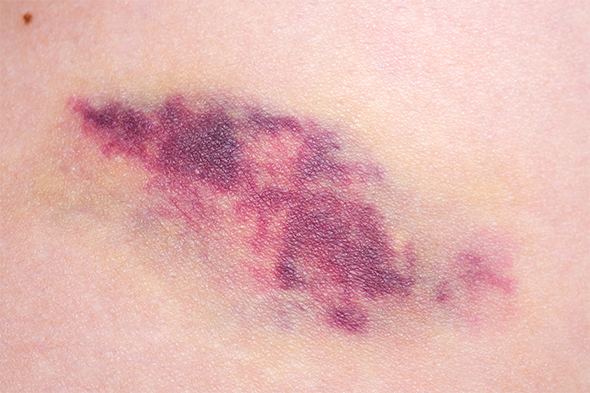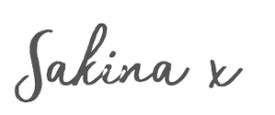Keep in mind: there’s a lot of facial cupping content online. How-to reels, videos, blog posts—the Internet is positively brimming with them. You might have even seen celebrities with cupping marks on their backs—so it’s totally understandable you’d worry that these might appear on your face.
Does Facial Cuping cause bruises, marks, or broken capillaries?


Written by
Sakina Di Pace
Boy, do I get this question often! And I totally understand why. The truth? If you’re applying the right amount of pressure, facial cupping should not cause any marks, bruises, or broken capillaries.
Recent Articles
What a facial cupping session will do is bring blood closer to the surface of the skin. This may cause some temporary redness known as acute local active hyperemia. But don’t worry. This simply refers to the increased amount of blood in the local area. This is temporary, completely normal, and is even a sign that it’s working.
Fortunately, face cupping is a different process which doesn’t create or leave any marks, bruises, or broken capillaries when done the right way. And it’s possible to do facial cupping in a way that doesn’t create the same marks you might expect from body cupping.
👋 Hi, I’m Sakina

Learn how to get younger & brighter skin with my facial cupping starter kit.
Are cupping marks the same as bruises?
Nope! They sometimes look the same, but here are a couple of key differences:
Want to know something funny? Ironically, cupping can help bruises heal naturally! So no, they’re not the same thing.


Body Cupping vs Facial Cupping
What’s the difference between body and facial cupping?
Both are based on the same principles. The techniques, however, are different. The face is a uniquely sensitive area, and it requires special protocols. So even though you’ll use cups for both, the face will require:
First, let’s explain body cupping. Body cupping. is an ancient healing therapy, using large cups directly against the skin. Typically, these cups will go toward problem areas. Have a lot of pain and tension in a spot? It’s a prime target for cupping!
The cup creates suction, drawing the skin upward. This does some remarkable work inside you. The connective tissues and muscles in that area can decompress. This can lead to enormous health benefits, such as:
But here’s the thing. If you do it to your back, you probably won’t care about a temporary mark. You’ll wear something over it while it returns to normal.
With your face, though—you need something different.


Second, let’s explain facial cupping. Facial cupping is much more non-invasive:
Use the right techniques, and there can be all sorts of facial benefits. Stimulating your skin’s natural healing processes, for one. Stimulating collagen and fibroblast production. Cell regeneration. Promotion of oxygen-rich blood circulation.
And all without leaving a mark.
👋 Hi, I’m Sakina

Learn how to get younger & brighter skin with my facial cupping starter kit.
A toolkit for avoiding marks on your next facial cupping session
Want to stimulate your face’s natural healing and circulation—but without the drawbacks? You need to know how to do it right. Consider this your toolkit and checklist for a great facial cupping session:
What were those three main techniques we talked about? Let’s briefly explore them here:
ASK YOUR QUESTION
The truth about facial cupping
Facial cupping won’t produce the large marks you might have seen on celebrities’ backs after long sessions of body cupping. Instead, facial cupping uses different cups and techniques to approach the face with more sensitivity. If you’re just getting started with facial cupping, make sure you follow a step-by-step protocol that explains how to use the cups the right way to get the best results.
Don’t expect it to leave any marks. But if you do have questions about face cupping before your first session, reach out with any questions you might have.





